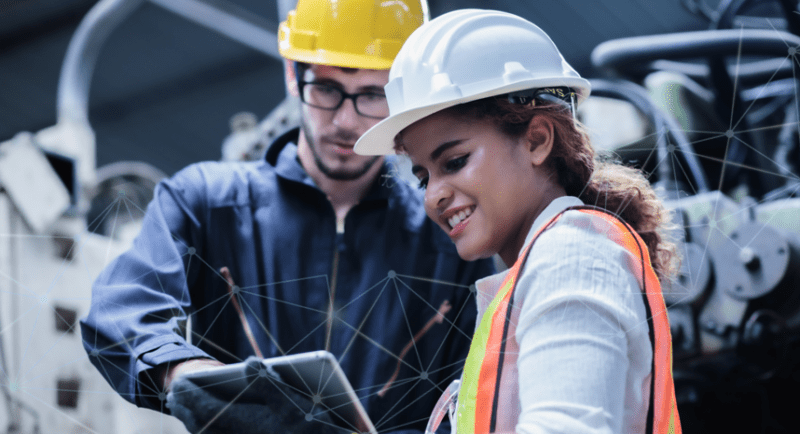Reliability centered maintenance (RCM) is an asset care/maintenance development and optimization methodology focused on maximizing availability and efficiency while reducing maintenance cost and total cost of ownership. By incorporating multiple strategies and focusing on only the assets most critical for system or business objectives, RCM minimizes life-cycle costs while maintaining production output.
RCM cut costs with targeted and flexible strategies
Along with being targeted, RCM increases efficiency by using flexible maintenance strategies. Rather than using one approach, RCM combines reactive, proactive, predictive, and condition-based maintenance techniques depending on asset criticality or failure modes.
For instance, organizations can reduce maintenance costs adopting a run to failure strategy (reactive maintenance) for assets that have minimal impact on production/safety/environment in the event of a failure. A familiar example for this maintenance technique is the light bulb. Because a bulb is generally non-critical, it is allowed to run to failure until it is replaced with a new bulb. This approach saves on maintenance costs due to minimal planning and ease of implementation. Reactive maintenance is appropriate when repairing or replacing equipment after failure is cheaper than more costly forms of maintenance.
RCM increases equipment availability
While reactive maintenance is appropriate for non-critical assets that have minimal effect on production, other pieces of equipment can drastically increase costs when failure occurs. Downtime costs can quickly escalate and poses significant risk against profitability. Loss of sales, unscheduled overtime, wait times for replacement parts or work crews are just some of the unanticipated costs that arise when critical equipment fails to operate.
A RCM analysis targets these critical assets with maintenance strategies designed to minimize downtime. Preventative maintenance (PM) or predictive maintenance are used as part of an overall RCM strategy to increase equipment availability. For instance, preventative maintenance can be scheduled during the most cost-effective time in the production process – when the equipment is not normally running. Production costs are avoided and labor costs are minimized due to work activity being scheduled in advance.
Typically, the quicker equipment issues are addressed, the lower the cost. By identifying failure modes during the RCM assessment, potential failures are identified before they grow into functional failures. This increases equipment available in three ways:
- Repair time is shortened by having necessary resources before shutting down equipment
- Equipment is repaired when not in use, lowering maintenance affects
- Corrective repairs are only done when needed, lengthening maintenance intervals
RCM leads to greater efficiency
With failure modes categorized during the analysis phase of a RCM assessment, operators can quickly diagnose equipment failure – leading to less time for each repair. Additionally, RCM extends the life of expensive equipment with on-condition maintenance that ensures an asset’s essential supporting function remains intact and spares readily available. When correctly applied, RCM leads to a reduction in routine maintenance workload by reducing the number of tasks and lengthening intervals between tasks.
Conclusion: RCM is an effective tool
RCM is an effective tool to maintain core system functionality with cost-effective maintenance strategies. Critical assets are targeted and maintained with flexible maintenance strategies, allowing for tailored remedies that ultimately lead to lower costs. Through the consequence analysis and FMEA process, critical failures that affect safety or the environment are identified – causing greater security and environmental integrity.
📰 Download Free Ebook: How to Use Reliability Centered Maintenance (RCM) to Drive Your Bottom Line
Get inspired
Ultimo and MaxGrip have entered into a partnership to offer asset-intensive companies the best solution and services to improve asset performance.
MaxGrip is honored as the 2024 innovator in asset management by Verdantix, leading with cutting-edge technologies and practices. Join our webinar on May 22nd to discover more.
Learn about RCM, how it can streamline your maintenance operations, and why it’s a powerful strategy to lower maintenance and reliability costs.





